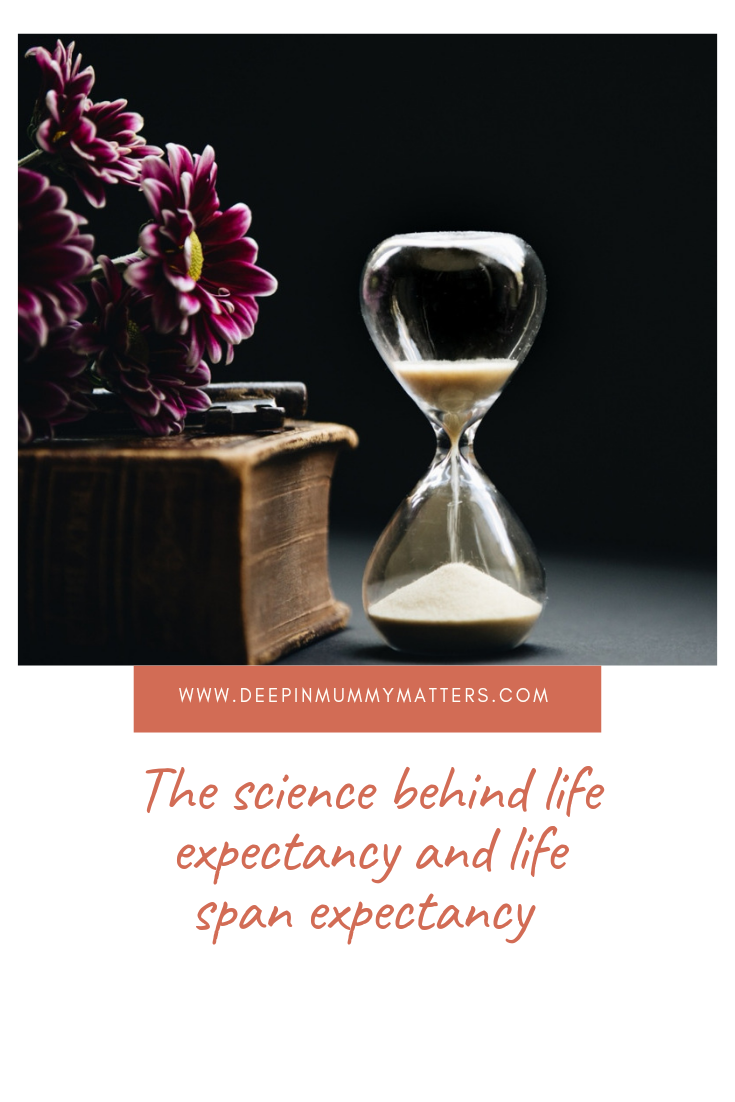Until the late 1990s, the world’s birth and mortality rates were roughly equal, resulting in a relatively stable population. Since then, advances in health, welfare, safety, and other growth determinants have resulted in a dramatic increase in human lifespan and a population that is living longer and healthier lives than in previous eras.
Life Expectancy and Society

Our lifespan is largely determined by where and how we live. People are still dying at a young age in countries where food insecurity is severe and health care is inadequate. Infectious diseases can quickly become lethal in this environment and women tend to die at a higher rate during labour and delivery. People who have a much longer lifespan than others usually are more successful, literate, and have easy access to quality healthcare. However, affluence comes with its own set of risks that reduce life expectancy, such as smoking, substance abuse, an unhealthy lifestyle, insufficient exercise, or being overweight.
The Impact of Increased Life Expectancy
An ageing society has some significant advantages, such as more children getting to know their grandparents. Healthy older people can continue to contribute to society by passing on their vast amounts of knowledge and experience to younger generations. However, as people live longer lives, the associated health issues will place a significant strain on healthcare systems. Some of these impacts include:
1. An Increase in Adult Chronic Diseases
Cardiovascular diseases, leukaemia, kidney disease, and other chronic illnesses will kill and injure more people in the coming years than infectious or parasitic infections. This shift has already occurred in developed nations. This is why it’s better to compare the market of life insurance through patterns of change in life expectancy and life span equality. As people live longer, the prevalence of dementia is expected to nearly double in the next two decades.
2. Increasing Demand for Specific Healthcare Personnel
The increase in the number of elderly people will result in an increase in the demand for medical care. Geriatricians and other medical professionals with specialized training will be in high demand to care for the elderly population on a global scale.
3. Increasing Demand for Long-Term Treatment
It is anticipated that the proportion of older adults who require high-quality care at an affordable price, either because they are sick or physically unable to care for themselves, will continue to rise.
4. Medical Costs Are Increasing
Governments may face unprecedented costs as more people retire and their medical needs grow. The healthcare benefit available to the elderly at the age of 65 may be stretched to their limits. See the Infographic from Compare the Market Life Insurance Comparison and discover the life span of people of various classes. The science and technology behind life expectancy include:
Advancement in Healthcare and Improved Standard of Living
In the coming years, the proportion of the total population over the age of 60 will skyrocket. Better health care is the main reason why so many people live to be so old. Furthermore, in commercial and growing economies, fewer people are required to engage in physical labour to make a living, meaning they can stay fit and healthy for longer. However, as infant mortality rates fall around the world, the average lifespan will increase.
The Secret to Ageing Well is Excellent Health
How appealing would it be to live to a ripe old age? It all depends heavily on how we age. Nobody wants to be sick, weak and demented between the ages of 80 and 100. It is critical to maintaining excellent health in order to live quite well into old age. Most people in their seventies today are just as healthy as someone in their forties, but some in their seventies require 24-hour care. So, there is no such thing as a typical elderly person.
The Relationship Between Incomes and Life Expectancy
Social status influences life expectancy not only in developing economies but throughout the world. In China, for example, life expectancy is heavily influenced by people’s education and income levels. Men over the age of 55 with a bachelor’s or college degree outlive their age-matched peers with a low education level by about 20%. Additionally, people who make a lot of money have a life expectancy of more than 35%. They outlive their lower-income counterparts.
Over the next 20 years, the elderly population may face many challenges and issues. As their physical abilities deteriorate, the majority of the elderly population remains at home, frequently with the assistance of family, friends, and/or hired home-care services. Over the last decade, assisted-care facilities have proven to provide satisfactory living conditions for all those who require assistance and support. Furthermore, nursing homes help many people who require more specialized assistance, particularly with daily living activities. Seniors may choose or be forced to move as they age and experience functional declines. As a result, the elderly can choose environments that promote their health, stability, and functionality.

